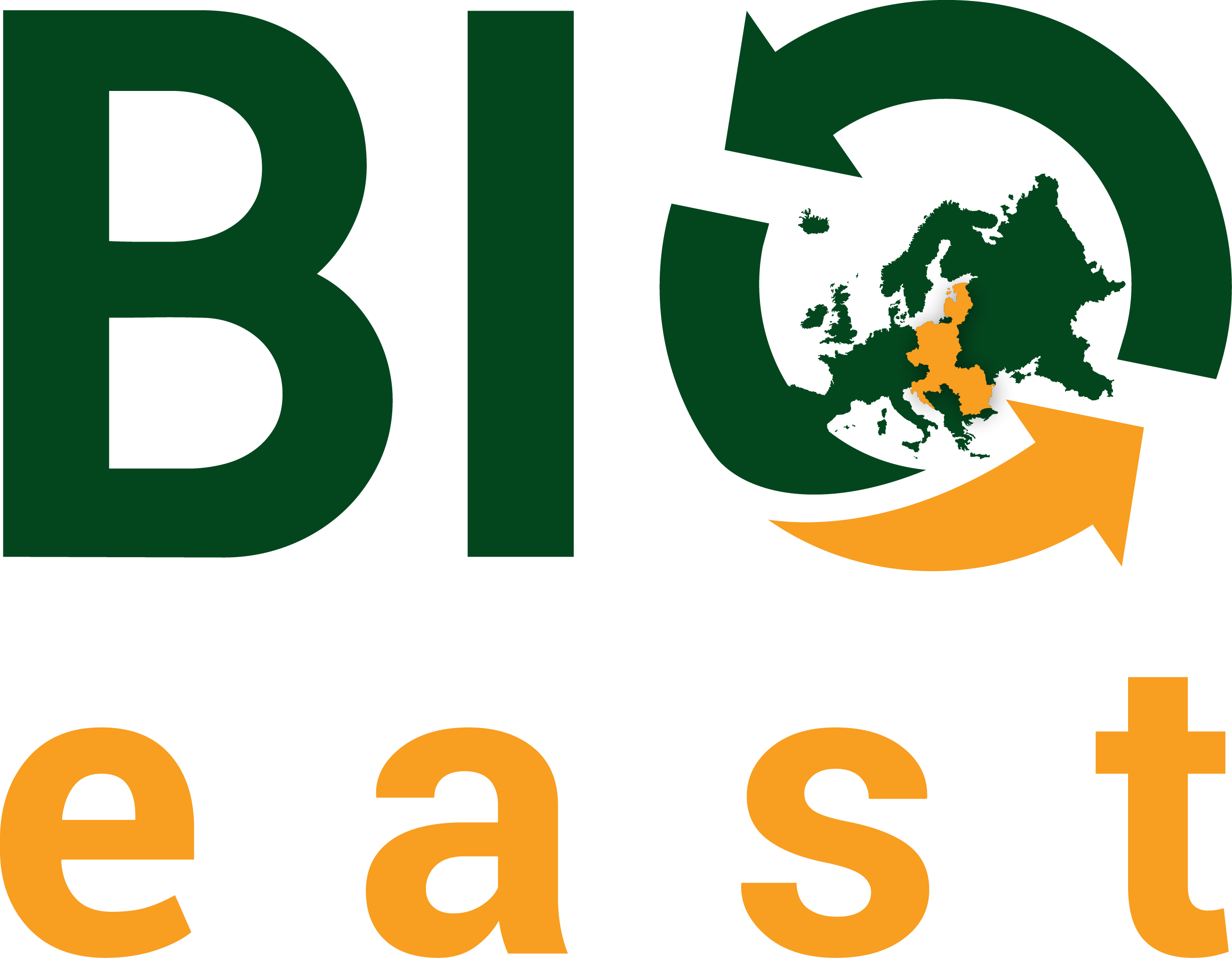Biological control of Pulvinaria vitis in viticulture: sustainable strategies for an emerging threat
Pulvinaria vitis, commonly known as the cottony grape scale, has become an increasingly important pest in vineyards, under the influence of climate change and the declining use of chemical pesticides. This soft-scale insect threatens grapevine through phloem feeding, honeydew secretion that promotes sooty mold, and its role in transmitting grapevine viruses such as GLRaV-1 and Grapevine virus A. Warmer temperatures are accelerating its development and potentially increasing the number of generations per year, making pest outbreaks more severe and unpredictable. As traditional chemical control methods face growing restrictions and environmental scrutiny, biological control has gained renewed importance as part of integrated pest management (IPM) strategies. Several natural enemies have shown promise against P. vitis, including parasitoid wasps like Metaphycus annasor and Coccophagus spp., predatory beetles such as Exochomus quadripustulatus, Chilocorus bipustulatus, and Rhyzobius lophanthae, and entomopathogenic nematodes like Steinernema carpocapsae, which has demonstrated high efficacy in lab trials. The pest's biology is highly temperature-dependent, with early spring activity and rapid development in warm conditions potentially desynchronizing it from natural enemies. These shifts require adaptive IPM approaches, including regular monitoring of crawler stages, habitat management to support beneficial insects, targeted ant control, and cautious pesticide use to preserve biological control agents. Biological control offers a sustainable, approach to managing P. vitis, particularly when integrated with climate-resilient IPM practices tailored to vineyard ecosystems.
